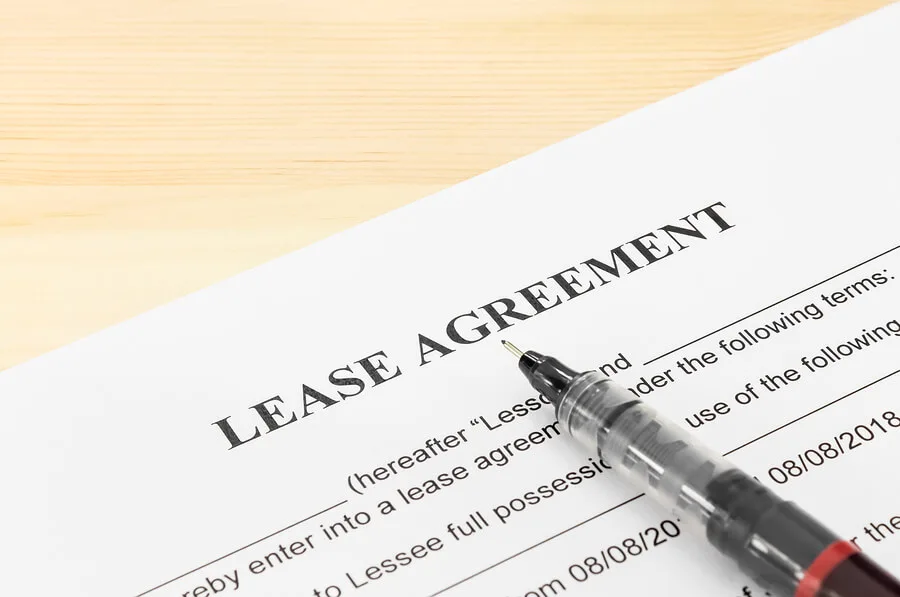
In 2022, most private companies will be required to follow a new set of leasing standards which require financial statements to report all leases on their balance sheet. In a future post, we will detail how this will impact the financial statements and recordkeeping of your company. This post will instead focus on what you should do now to start implementing this new standard.
Step One: Identify your Lease Contracts and Determine their Payment Structure
A lease exists when you pay a fee for the right to use an asset that belongs to someone else for a defined period of time, such as the rental of a vehicle or copying machine. The best way to identify leases is by reviewing your cash disbursements and looking for reoccurring payments to vendors. Once gathered, review the contracts associated with these reoccurring payments to determine if they represent the right to use an asset. If they do, then it should be classified as a lease.
Sometimes, a lease can be hard to identify if it is part of another service agreement or contract. The main consideration is if you have the right to control what the asset is used for. If you cannot control its usage, you do not have a lease.
Afterwards, determine the payment structure. Is the contract a short-term or long-term lease? Does it have an option to renew the usage period and if so, how likely are you to renew the contract? All long-term leases must follow the new leasing standard, while short-term leases (less than 12 months) are exempt. If there is an option to renew the contract and it is reasonably certain that you will exercise it, then the renewal period should be considered when determining the lease length. For example, if you have a 9-month lease that can be extended for 6 months and you are confident you will extend the lease, then the total lease period of the lease is 15 months and it will fall under the new leasing standard.
Gather all other payment term information such as: payment amounts, interest rate, starting date, ending date, etc.
Step Two: Determine the Lease Classification
Under the old standard, there were two types of leases: operating and capital. Under the new standard, capital leases are in most cases considered financing leases. To determine if a lease is a financing lease, it must meet one of the following requirements:
- You will own the asset by the end of the lease
- You have the option to purchase the asset and it’s likely you will buy it
- You will use the asset for most of its useful life
- The present value of all lease payments is equal to or greater than the asset’s fair market value
- The asset is specialized to your company and is unlikely to be useful to a different company
If none of the above requirements are met, then the lease is an operating lease.
Summary
Start gathering your lease information now as many private companies are finding this stage of implementation to take the longest. Review your cash disbursements to identify potential leases, gather their payment information, and determine if they are an operating or financing lease. Once the steps above are completed, your Company will be ready to start placing the leases on the balance sheet and transitioning to the new standard. A follow-up blog post will be coming out in summer 2022 which will cover the financial statement reporting phase.
If you have any questions about the information gathering process, please feel free to contact your current Copeland Buhl representative or me at Nicole_williams@copelandbuhl.com or (952) 476-7151.





